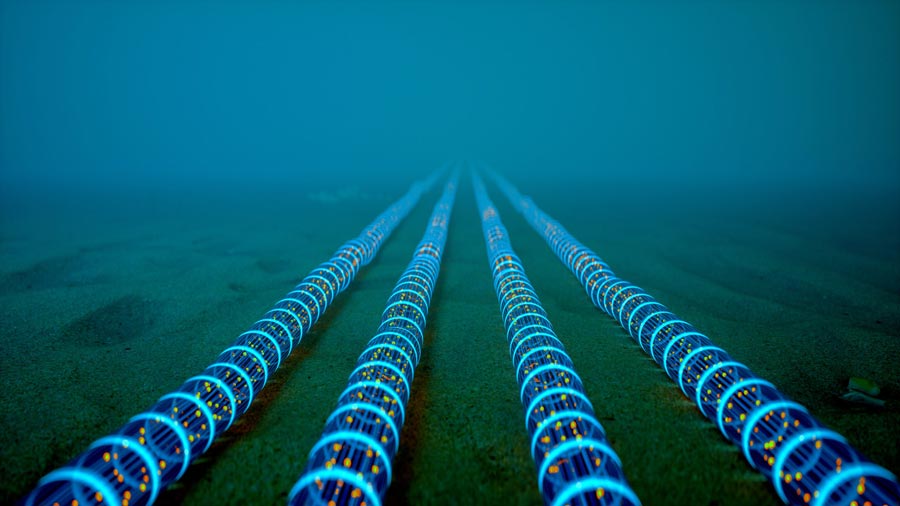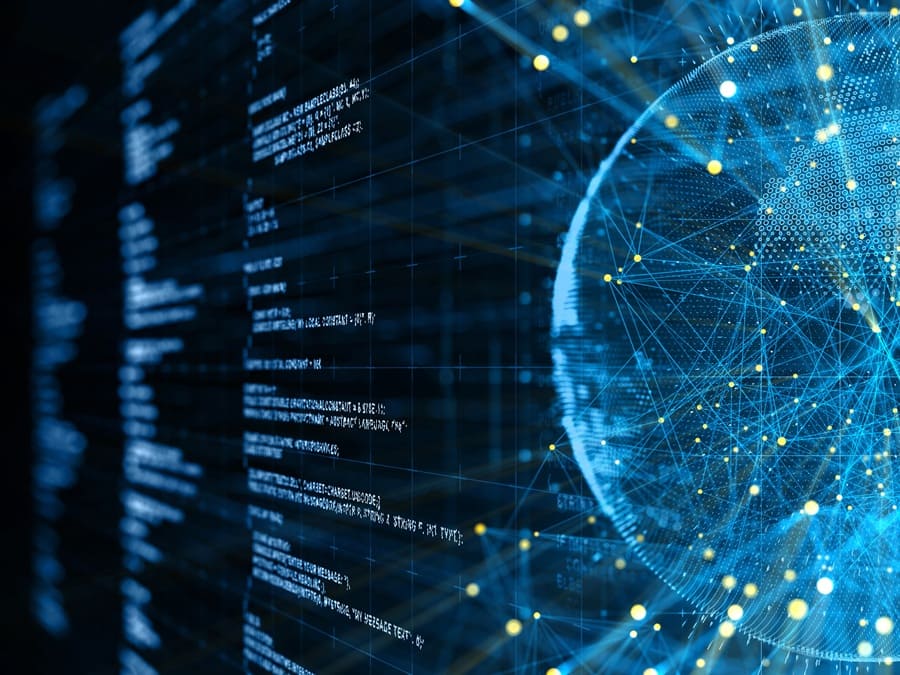← Back
Submarine Cables: The Challenge Beneath the Sea

Silent, invisible and essential, submarine cables stretch for thousands of kilometers across the ocean floor. They carry over 95% of global internet traffic, and their disruption can instantly affect not just connectivity, but also national sovereignty and economic stability.
Yet despite their importance, these critical connections face multiple risks. From a ship dropping its anchor in the wrong place to suspicious activity near sensitive areas.
In this context, CLS’s Maritime Awareness System (MAS) stands out as a decisive tool. MAS is an advanced maritime surveillance platform. We offer a complete range of maritime domain monitoring services through our MAS platform, our team of experts analysis, big data and artificial intelligence.
Its objective is to provide a comprehensive view of what can happen beneath the sea. With its ability to detect unusual behavior and trigger alerts in critical areas, MAS offers a unique and proactive solution for safeguarding these essential networks.
To understand how MAS contributes to the protection of this system, we spoke with Cédric Lorillec. He is the head of the VIGISAT unit, the French radar satellite image reception station based in Brest. From this key position, he shares his perspective on today’s maritime challenges and the role of MAS as an essential tool for securing global connectivity beneath the sea.
MAS: A Strategic Response to Silent Threats
Submarine cables are more than just infrastructures. According to Cédric Lorillec, “They are vital assets whose failure can directly impact both national sovereignties and economic actors.” Recent events have reminded the world that these invisible installations, especially outside territorial waters, are highly vulnerable. And sometimes, a civilian vessel and an anchor are all it takes to inflict serious damage.
This type of sabotage, in terms of diplomatic international relations, the country responsable should be able to deny any role in it. They are calculated disruptions—difficult to trace, harder still to prevent. In this context, CLS’s Maritime Awareness System (MAS) becomes an important line of defense.

Cédric Lorillec, Head of the VIGISAT Unit
- Preventive: MAS ensures surveillance of maritime traffic in areas of interest. It identifies suspicious behavior and alerts relevant authorities. In many cases, this leads to early intervention—ranging from radio contact to the deployment of naval units.
- Reactive: When an incident occurs, MAS can instantly synthesize data to identify all vessels present in the area—even those that have disabled their identification systems. This rapid situational awareness is crucial to any response effort.
Human Expertise + AI
Protecting global cable networks requires more than data. It requires understanding. MAS combines the power of big data with the insight of expert analysis. The system processes an enormous volume of maritime information—from AIS signals to satellite imagery, administrative databases, and open-source intelligence (OSINT). Artificial intelligence is used to detect anomalies and learn from past patterns.
But technology alone is not enough. As Cédric emphasizes, “The expertise of VIGISAT teams is essential.” These specialists configure complex alerts and interpret contextual signals that AI alone might miss. Their work ensures permanent monitoring of sensitive zones and supports the continuous improvement of MAS algorithms.

The Challenge Beneath the Sea
Submarine cables are no longer just technical assets—they are strategic infrastructure. Their protection requires not only awareness, but action. With MAS, CLS contributes every day to securing the invisible systems that sustain our global connectivity. Because protecting what lies beneath is now essential to everything above.




